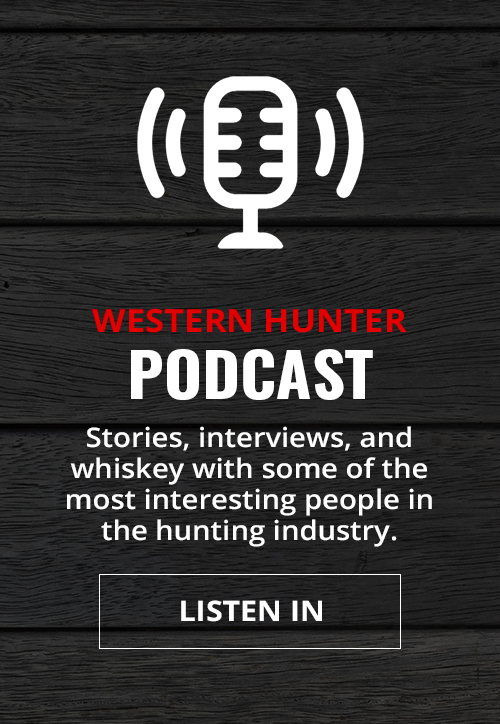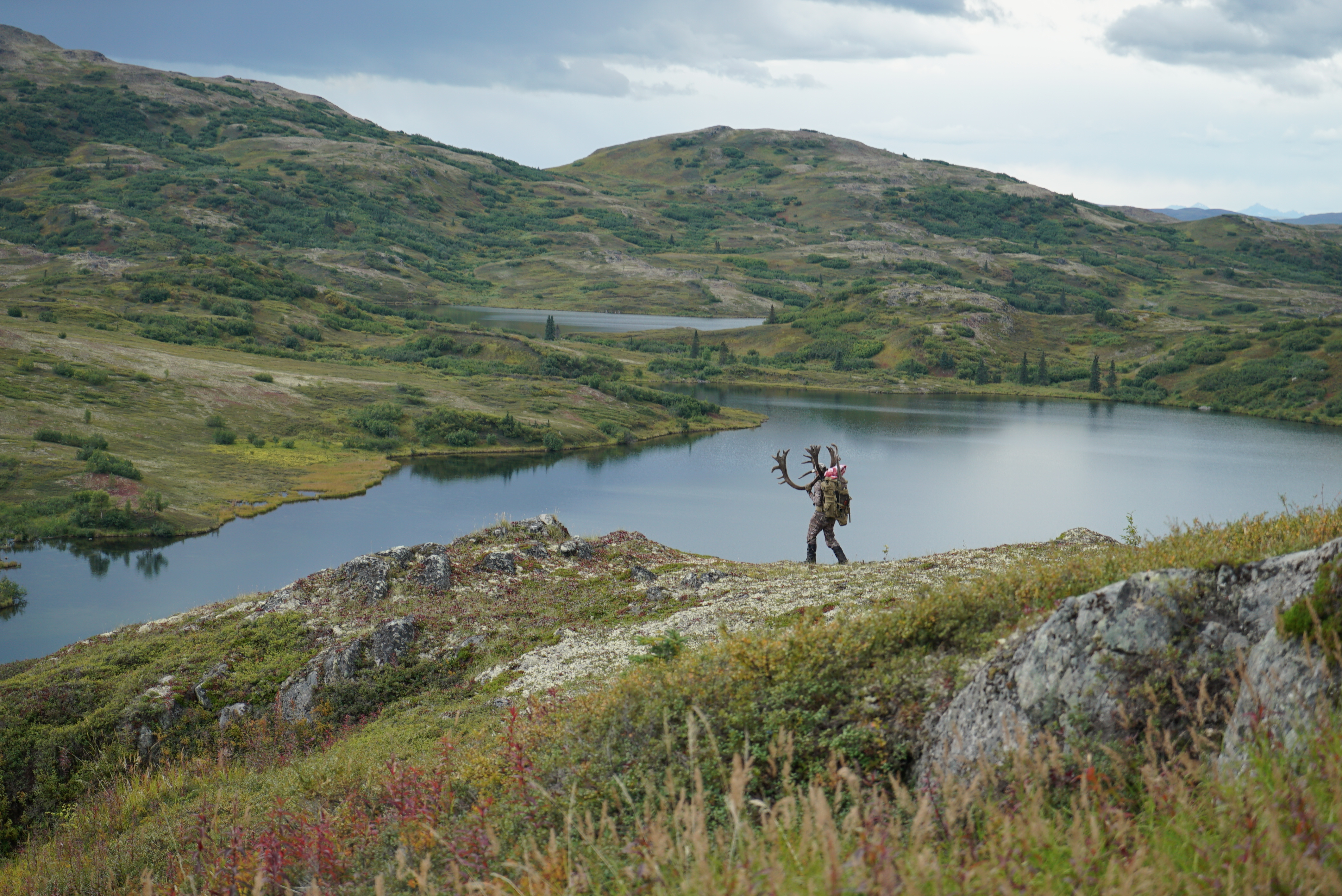
NOTICE: Certain links on this post may earn a commission for Western Hunter Magazine from Amazon or our other affiliate partners when you make a purchase. Thank you for your support.
How to Plan an Alaskan Hunting Adventure
Alaska is a dream hunting destination. It’s wild, vast, and home to animals not found in the Lower 48, providing a lot of unique opportunity for the DIY hunter. The only downside is that planning the hunt can seem like a logistical nightmare. Alaskan hunting might as well take place in a foreign country due to distance from the rest of the U.S., dealing with flights and/or Customs via Canada, and the difficulty of accessing hunting areas. The hardest part is knowing where to start, what to bring, and how to get it all home.
Picking the Adventure
Narrowing down what you want to hunt is the best start when planning your Alaska trip. Although there are a few areas with multiple species, it helps to pick one species on which to focus. Nonresident hunters are able to hunt caribou, black bear, moose, and Sitka blacktail on OTC tags as well as in a few special draw areas. There is also opportunity for nonresidents to hunt Roosevelt elk with a permit, or apply for limited and extremely hard to draw bison, and musk ox tags.
Alaska has three types of tags for nonresidents: 1) general areas; 2) draw permits; and 3) registration permits. General area hunts are also known as Harvest Ticket Hunts (HT). Many of the areas available to nonresidents are HT hunts.
There are also draw tags referred to as “permits”, and these are often coveted tags. These are only available during the draw, which has an application period of Nov. 1 – Dec. 15. The other permit type is known as registration permits.
Registration permits are either obtained first-come/first-served or in person from a license agent, with a few being offered online. These permits have conditions that may include a quota and closing the season once the quota is reached. These hunts take place after draw permit hunts in areas where there are no general HT hunts.
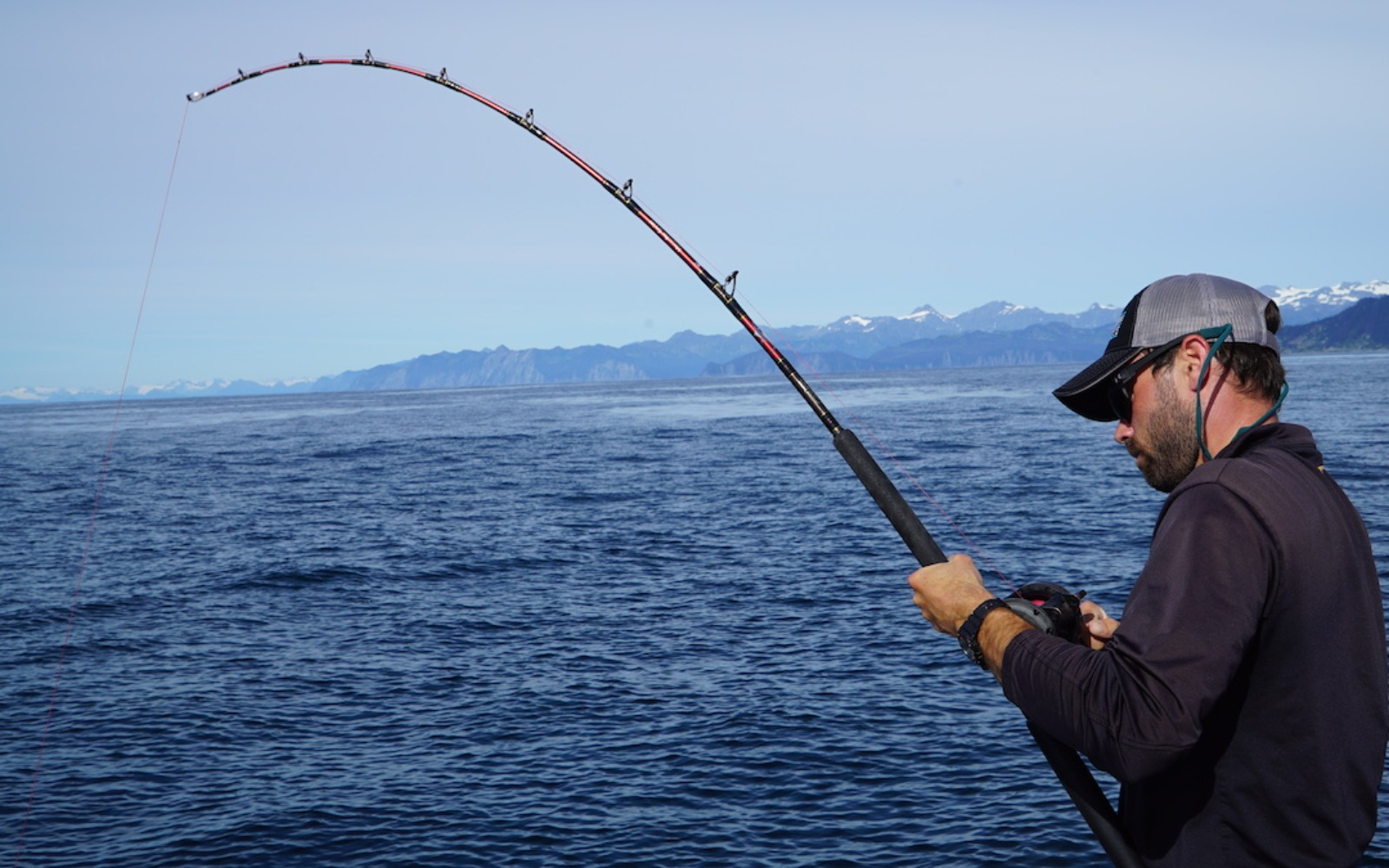
Nonresidents need an Alaskan hunting license and either a harvest ticket or permit (draw or registration), depending on the area, as well as a locking tag for the animal you’ll be hunting. The locking tag is really just the nonresident fee to hunt that animal. They range from $150 for deer to $400 for moose. A locking tag may be used for an animal of equal or lesser value so long as you also have the harvest ticket or permit for that animal.
Lock in on Transportation
Getting into an Alaskan hunting area is the whole crux of the logistics for the hunt. Alaska has very limited hunting accessible by road. The few areas that can be accessed by a road to hike in are mainly limited draw areas, restricted to residents only, or have a weapons restriction. For example, the Haul Road is bow-only within five miles of the road.
With easy access a rare thing, many resident hunters also run into the same problems getting into Alaskan hunting areas. Unless you own a bush plane or boat, you’re most likely going to have to hire some form of transport.
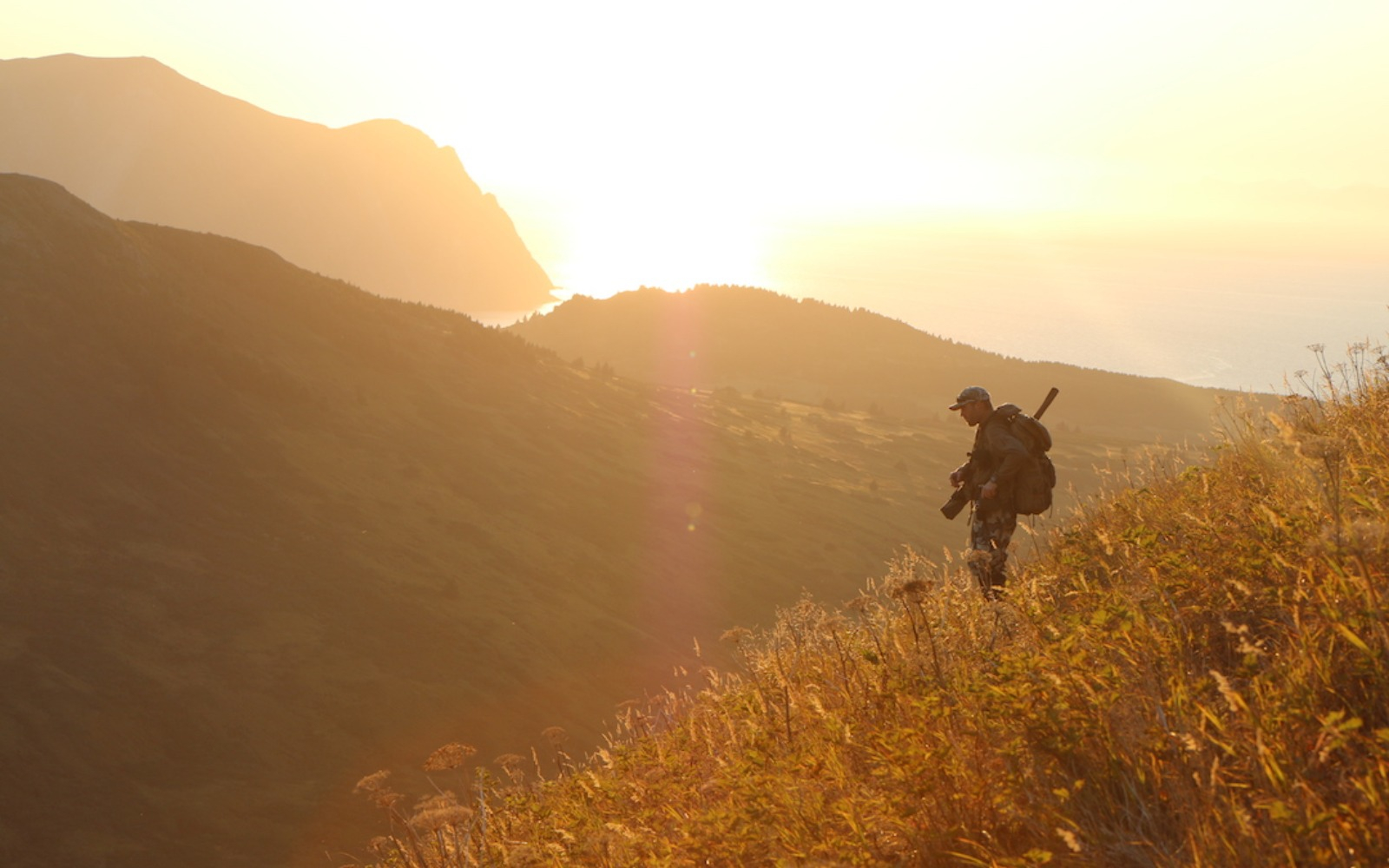
The main modes of transport include boat, bush plane, float plane, or raft. There are two categories of people who can legally drop you off - transporters and outfitter/transporters. The difference is that a transporter can’t pick areas or assist in hunting. They’re only allowed to take you where you tell them. This is often the cheapest route, but requires the most digging on your end to find the place that you’d like to hunt.
Transporters that also work under a Master Guide license may provide you with their knowledge of the Alaskan hunting area you are in. They can also scout out areas before you arrive and use their knowledge of the area to drop you in the best location. This often comes with a higher price tag, but can be worth the extra money in the long run. In some areas, this is actually the only option and the price can be pretty close to what standard transportation would be.
If you’re going the strict transporter route, you’ll want to investigate the area from home much like you would on any western hunt. Look over maps, pick the brain of people who have hunted there, and talk with area biologists to narrow down a good location. It’s also important to talk with the transporter ahead of time and ask where they know they can land or take a boat. Also, ask about places where they’ve dropped off people in the past. Charter pilots may be flying the same areas almost daily and can be a resource.
Air Taxi
Air charters are one of the more popular routes for nonresident hunters. Finding a good, reliable charter is important. You’ll want to plan this out well in advance – 6 to 8 months for most good air taxis. Alaska Fish and Game publishes a list of licensed air charters. Take this list and narrow it down to areas where general seasons exist. Since most flights are based per hour, you’ll want to find someone close to the hunt area to save money.
There are two types of charges for hunters using an air service. Some charge a flat rate for the entire service, including info and trips to take the meat out. Other just charge hourly based on fly time. When you’re looking at cost, remember that each flight is calculated as a round trip for them.
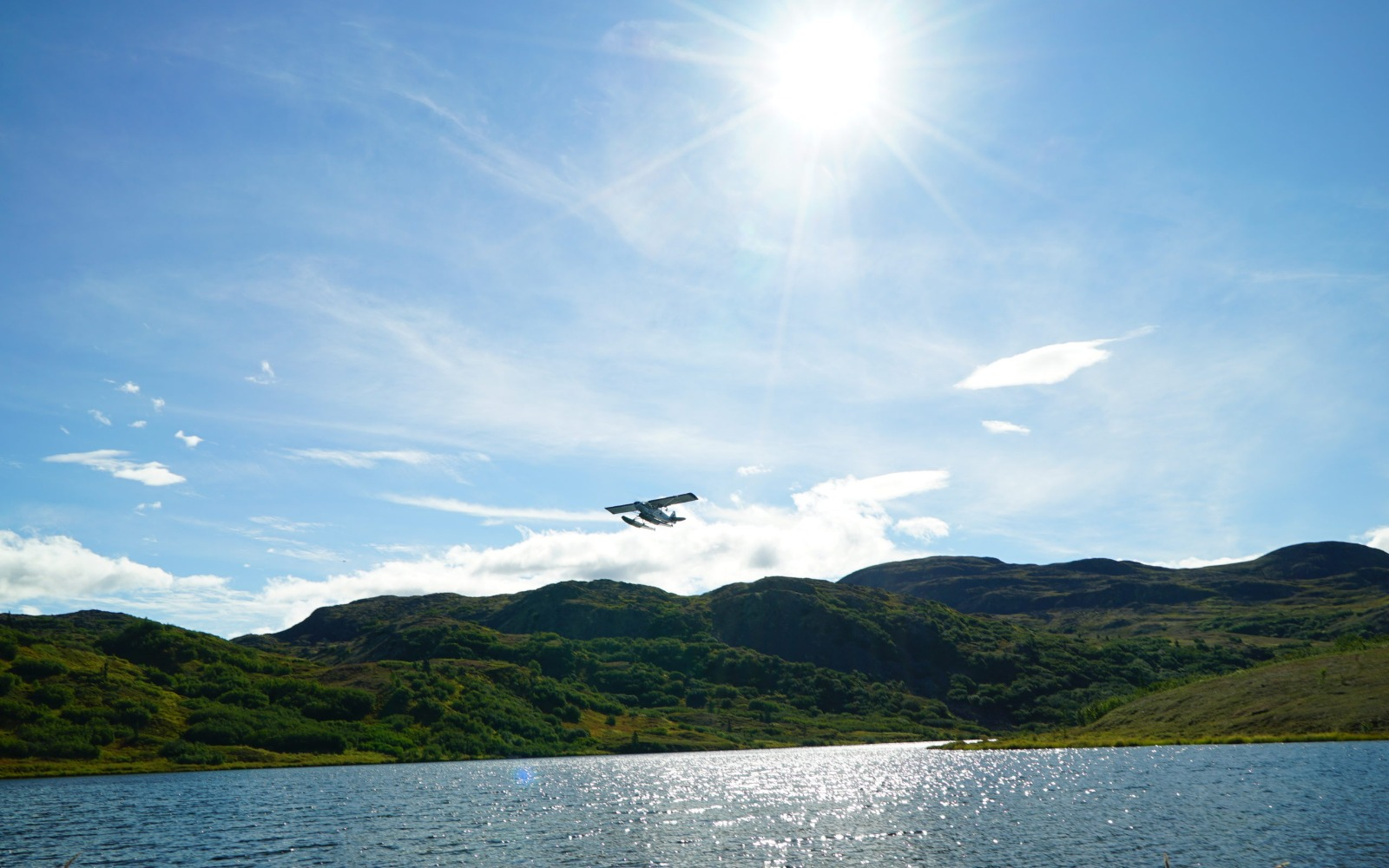
For a flat-rate trip, it’s good to know if:
1) The price includes flying out meat and antlers.
2) They know spots to hunt.
3) You can be moved if there is no game.
4) Any scout time in the air to look over the area.
5) There is a way to check-in if you get something early and need meat taken out.
The amount of services often dictates the price of a flat-rate charter. It’s important that you know what kind of service that air taxi provides. If you show up expecting that they’ll know the area and drop you in a good spot, but that’s not the type of flying they do or service they provide, then you’ll want to know that well in advance so you can plan where to hunt. Talk with their references and ask questions. It’s important to let them know what you want and know what you’ll get.
Keep in mind that weather is a huge factor. Having a flexible schedule really helps. If you arrive and the weather gets bad, it’s good to pad your trip with extra weather days before and after the trip.
The amount of weight and gear you can take is variable. The average weight on most planes would be yourself and about 60 lbs. of gear. You’ll want to weigh your gear at home and plan accordingly.
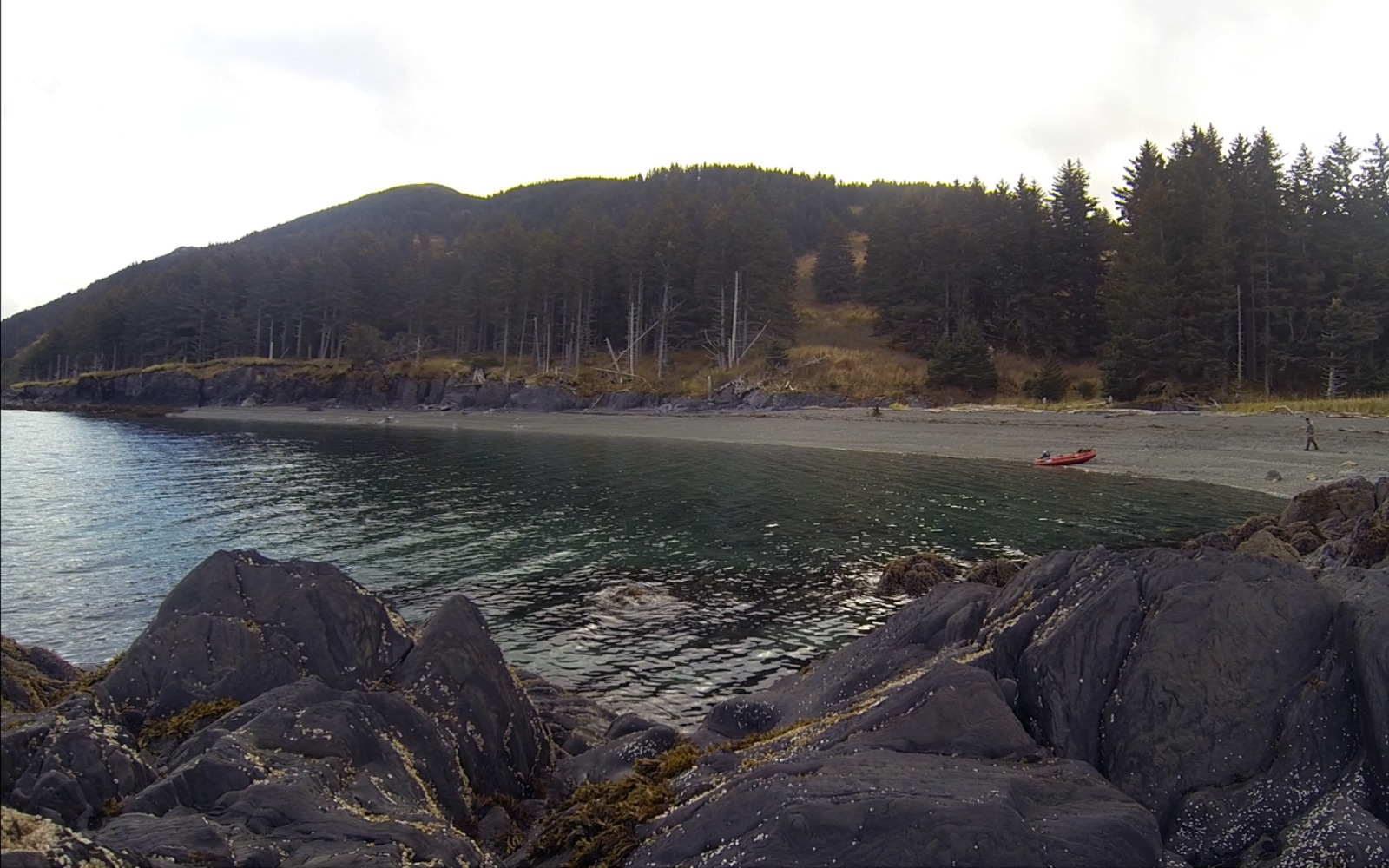
Gear Up
One of the hardest parts of Alaskan hunting, especially on your first trip, is knowing what gear to bring. Since most hunters will be flying to Alaska, narrowing down the right essentials is key. The weather can be harsh, windy, wet, cold, and snowy. You want gear that holds up to anything. With limited space, you have to choose your gear right.
If you’re taking a bush plane to the hunt location, make sure your gear meets weight and space requirements. For bush planes, use soft-sided bags and split the gear up so it can be stashed and weight distributed. I use multiple dry bags to organize gear for the plane.
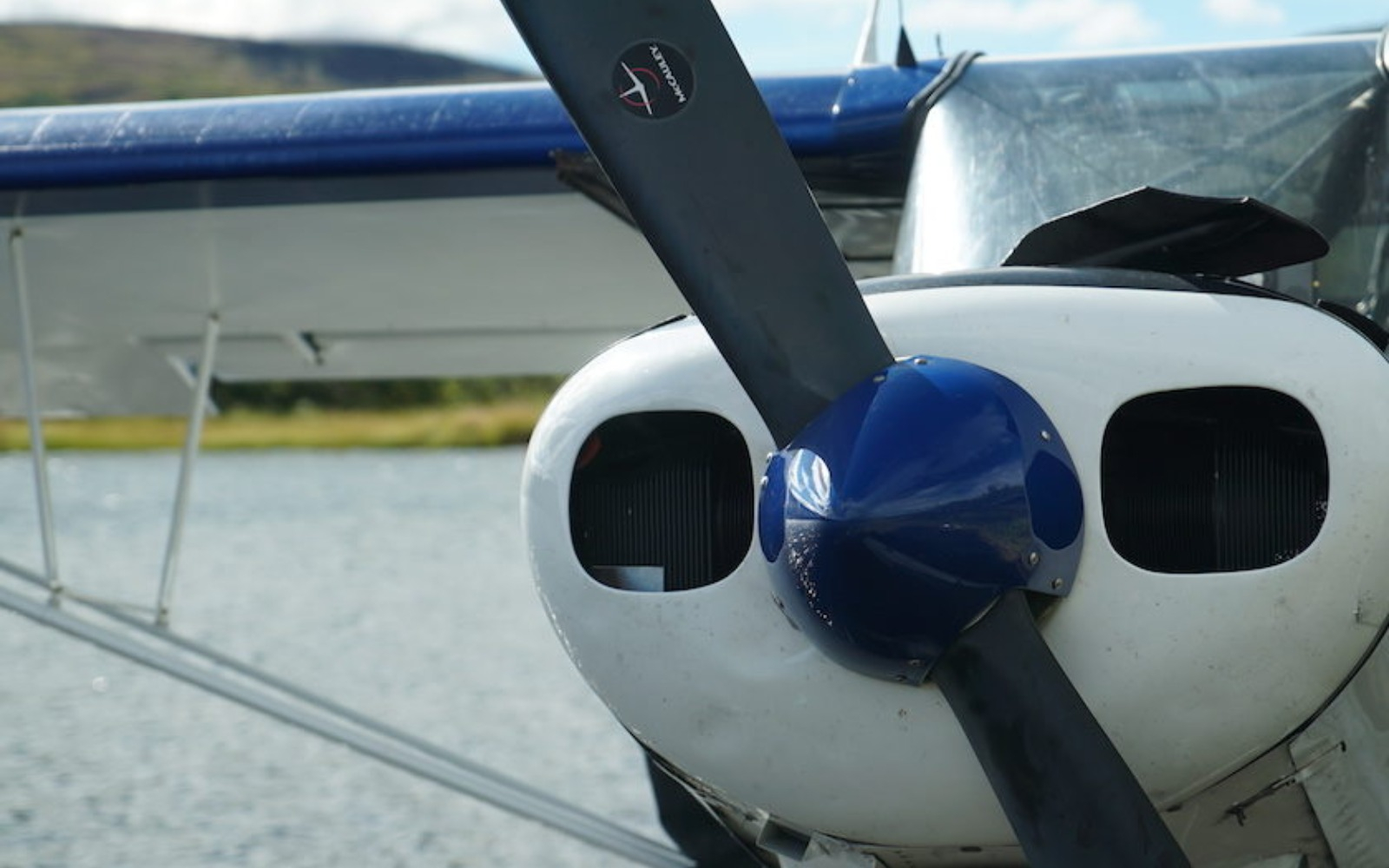
Camp
For tents, something that can hold up to gale-force wind and rain is important. I suggest a four-season tent, but a really stout three-season will work. Make sure to seal all the seams on your rainfly and patch/reinforce any holes. I also always pack extra high-quality, longer stakes than what came with the tent.
Odds are you’ll be flying or boating into where you’ll base. You’re limited by the weight the plane can carry, but that’s generally more volume than you’d carry on a backpack hunt. You can have a fairly comfortable base camp if you choose. Larger tents and backpacking cots seem to be the norm on these hunts.
Some of the more popular base camp tents include large ones like Cabela’s Alaskan Guide, Frontier Gear Bombshelter, Hilleberg, North Face, and Mountain Hardwear. Most of these carry a hefty price tag and are only worth it if you use them a lot. It may not be necessary to purchase - there are options to rent them from various gear rental companies in Alaska.
If you don’t have a hefty four-season base camp, there are plenty of other tents that will work. The requirements for any tent would be a good wind rating for the poles, a vestibule, and a rainfly that covers any exposed door or mesh.
Family car camping tents aren’t going to work, Keep in mind that adding a tarp can really extend the weather-proofing as long as you have something to secure it.
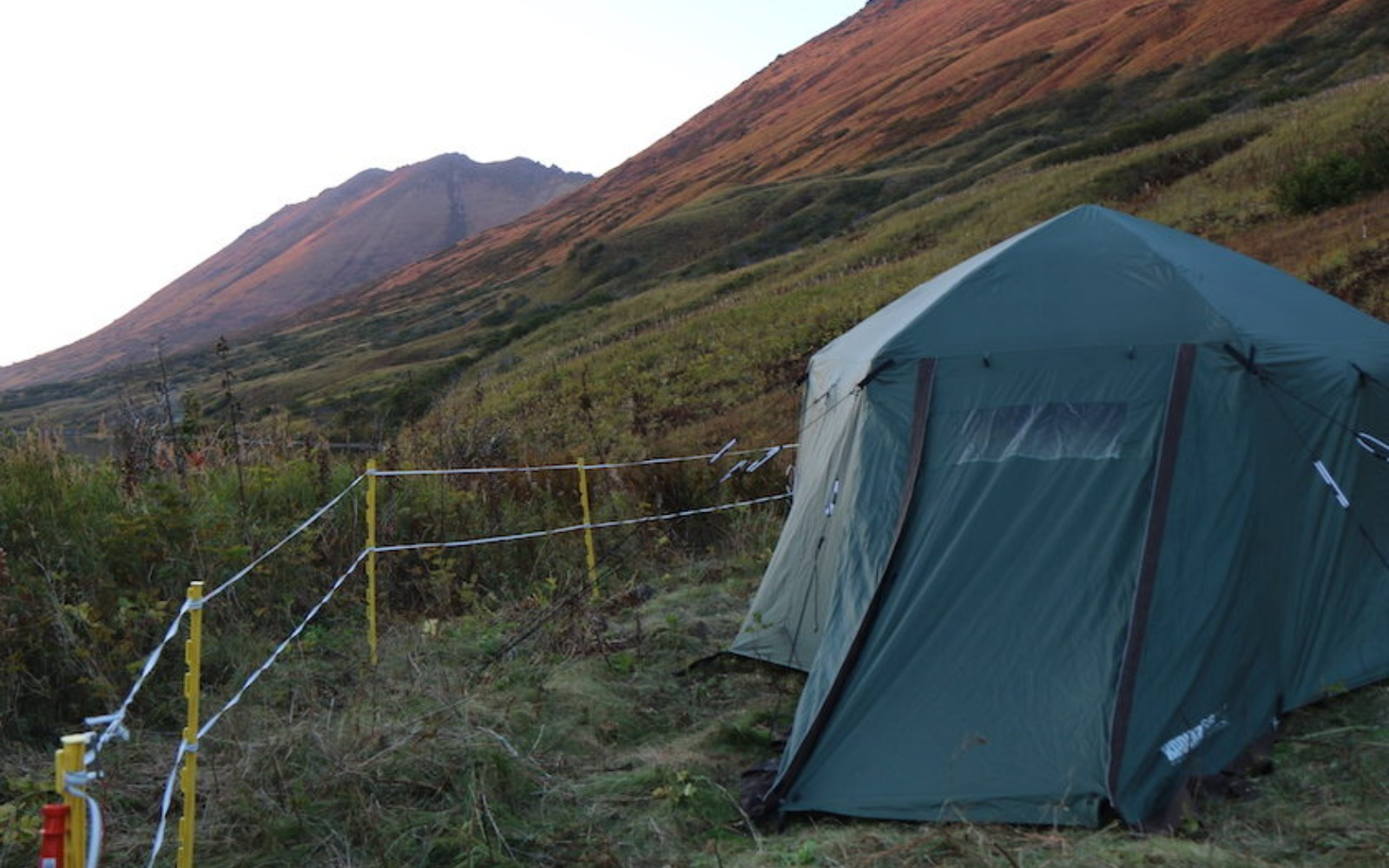
Spike tent
I often bring a small backpack tent to spike out. Depending on the area, it may be necessary to spike out to get into better hunting. This is even more important if getting dropped by boat, as you’ll likely hunt farther from the drop area. In that instance, a base makes a good gear stash, but most of the hunt will be via backpack.
Down vs. Synthetic
The best sleeping bag for Alaska is a hotly debated topic. In wet weather areas, a lot of hunters swear by synthetic. Synthetic bags stay warmer when wet and help wick moisture from damp base layers to the outside of the bag as you sleep. The downside compared to down bags is that they are heavier and don’t pack up as small.
The disadvantage to a down bag is that if it gets wet, the insulation properties no longer work. With new advancements like waterproof feather treatment and water-resistant fabric coatings, some pitfalls are alleviated. The waterproof coating on the feathers works well in most instances, but I’ve found that if it’s completely soaked or submerged, it’s not as good as synthetic.
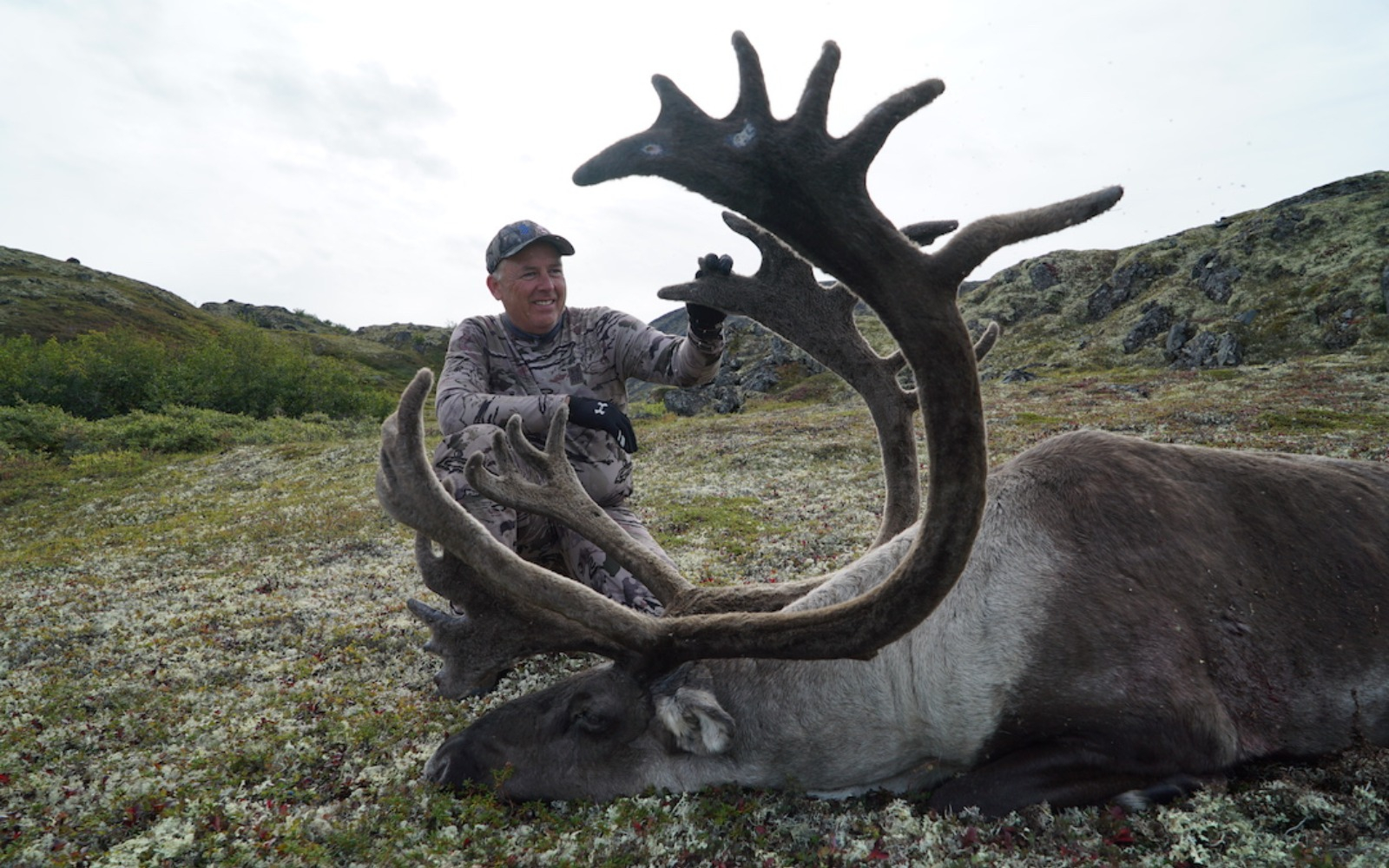
I’ve used both types and used to swear by synthetic, but have since opted for a lighter, more packable bag and gone with down. I haven’t had a problem with either. I store my down bag in a dry sack if the weather turns wet and haven’t had a problem.
The temperature rating is a personal preference. I always sleep cold, so I shoot for a bag below temperatures. In August, a 20-degree bag is adequate, but by October I look for something around zero. Just FYI, in Fairbanks, the average low temperature in August is 46, September is 35, and October is 17.
Gear Suggestion: The North Face Cat's Meow 22, Mountain Hardwear Lamina Z Torch 5-Degree, Mountain Hardwear Phantom, Montbell Down Hugger.
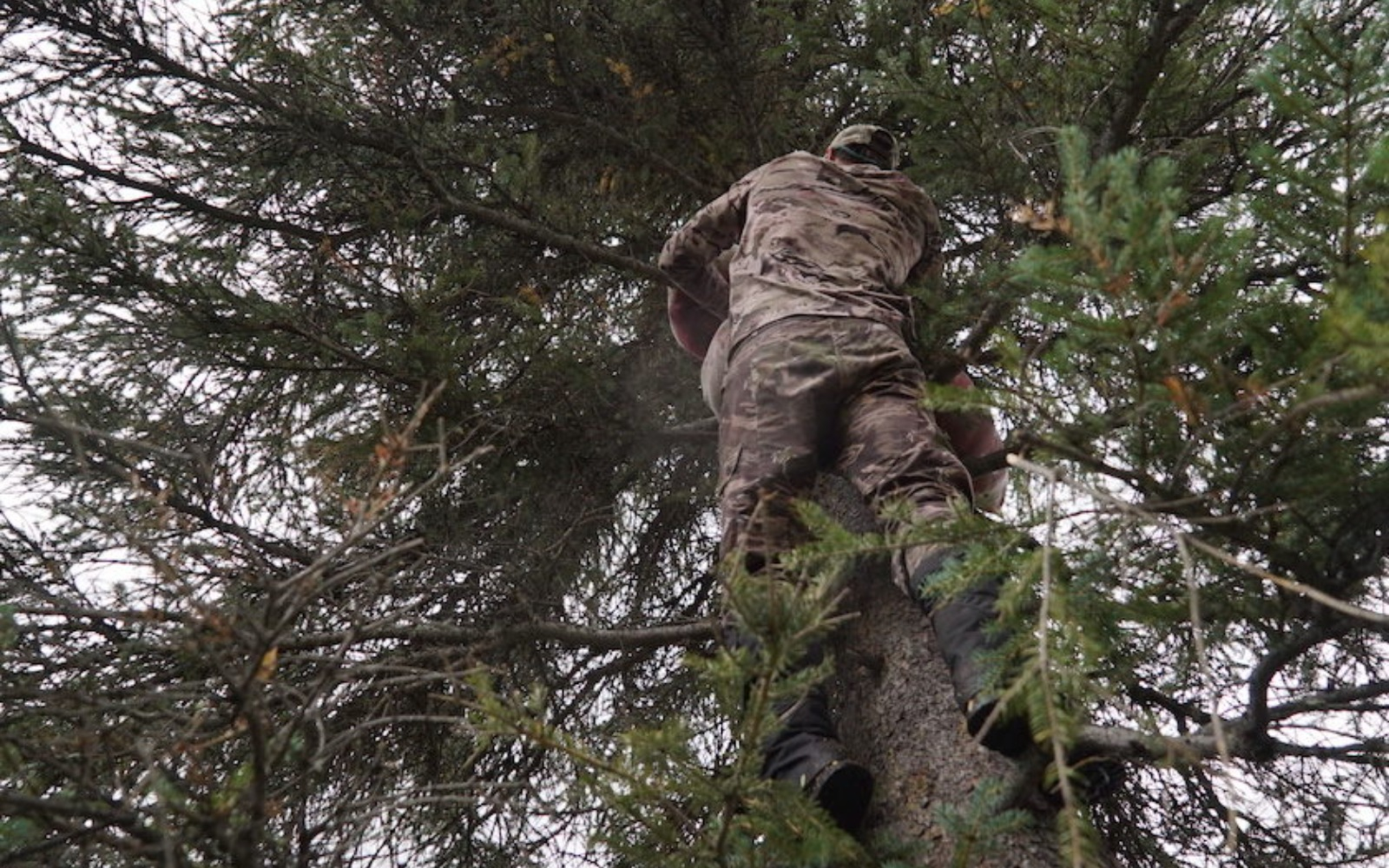
Clothing
Most hunters know that a synthetic or wool layering system is key for Alaskan hunting. I’d stress that good non-cotton socks and underwear are also a must. Outside of a layering system, essential pieces of clothing include good gaiters, Gore-Tex boots (waxed before the hunt), solid raingear, and a solo-hunter rifle cover.
Food
Food can be bulky in your luggage, but it’s nice to have everything planned out at home before you leave. Sometimes I buy food right before the hunt and sometimes I get most of it before I leave and pack it in my luggage. Either way, I plan out my days and count calories/day while at home. I then create a list of what I want to bring. If I’m basing out of where I land the plane or boat, I can bring heavier lunch items than on backpacking trips. The majority of my food is still dehydrated meals, but I’ll include a few “real food” items like pre-cooked sausages and salami for lunch, with cheese and bagels.
I always include at least two extra days of food when I’m flying in. There are many times that planes or transportation is delayed by weather. Delays are commonplace, so extra food is a must.
Communication
Remote communication is critical. Most transporters have satellite phones to rent. It’s good for easily communicating not only pickups, but also emergencies.
Another popular option to a sat phone is a satellite messenger. I’ve been carrying the Delorme inReach and have found it simple to send texts when a call isn’t necessary. They are also handy because they include GPS coordinates in the message and an SOS feature for real emergencies. The location sharing is especially useful on float/mobile hunts. The satellite messengers are cheaper to use and own than satellite phones and make a good addition to the gear kit.
Bear Gear
I’ve used electric fences and bear spray for bear deterrents while Alaskan hunting. Most areas you’ll hunt actually don’t have a high bear density, but some areas do. For example on Kodiak Island, I’ve used a bear fence not only for camp but also to keep the meat safe after the kill. Anywhere there are bears, you want to keep a clean camp. I hang my food if there are trees around, but if not, I’ll use a bear fence.
As for bear spray, each person needs to make their own decision, but if you ever find yourself in a situation where you need it, you’ll be very happy you had it. The most likely encounters will be when walking back in to pack out meat or while field butchering an animal, so during those times, I pay the most attention and try to approach the area from up wind.
Rent vs. Bring
If you don’t have some of the gear you’d like that might be specific to Alaska or don’t want to transport a bulky item up there, there are outfits that rent high quality gear. On one hunt, my brother and I rented a larger tent, camp package, and Zodiac raft. We found it easier to rent everything than try to fit it into our luggage. It was fairly reasonable to split the cost and it took the hassle out of packing everything. It also allowed us the luggage space to get the majority of our meat home with us on the plane.
Bringing Home the Bacon
The hardest part about traveling by plane for any Alaskan hunting adventure is getting everything home. This can be one of the more expensive parts to the hunt.
There are two options for getting the meat and animal home – shipping it or taking it back with you on the plane. After looking into all options, the cheapest seems to be bringing it back as checked luggage. The easiest is to have a butcher ship it. As mentioned earlier, if you add a few buffer days at the end to account for weather but didn’t need them, this time could be spent taking care of getting everything back.
If you’re going to ship something, I suggest shipping all non-perishables home like antlers and gear. Then bring the meat back as additional luggage. I’ve done this countless times and never lost any meat.
When I plan for “after the hunt”, I look for a lodging that has freezers available for game. Alaska has many options due to hunting/fishing tourism. If there is no lodging with adequate space, there may be a butcher around that can freeze and even quick package your meat before you leave. If you have something large like a moose, a hotel freezer may not even be an option.
Lately, I’ve been loading a soft-sided large Yeti hopper with frozen meat, and then checking it and paying the extra bag fee. Everything is still frozen solid when I get home. In the past, I’ve loaded meat into plastic bags frozen inside of a garbage sack-lined cloth duffle bag. Depending on how much meat you have, you can price out which will be cheaper, shipping home or bringing as luggage.
If you’re bringing antlers as luggage, every airline is different, but in the past I’ve used duct tape and cardboard to completely cover the antlers and pad them from damage or damaging someone else’s luggage, then checking them as their own item.
Figuring out how to get it all back is often the hardest part logistically. There is always the headache-free way - having it all shipped by someone else - but if you want to do it yourself, it can be done. The key is to figure out how you’re going to get it all home before you ever leave and where you can find the needed supplies to package and freeze it for the plane ride home.
An Alaskan hunting adventure is something every outdoorsman should experience. The hard part is knowing where to start and how to prepare. Once you iron out the logistics, how you’re getting there, what you need to bring, and how you’re getting it all home, you can then sit back and actually enjoy the part you set out for…the highly anticipated Alaskan hunting trip.
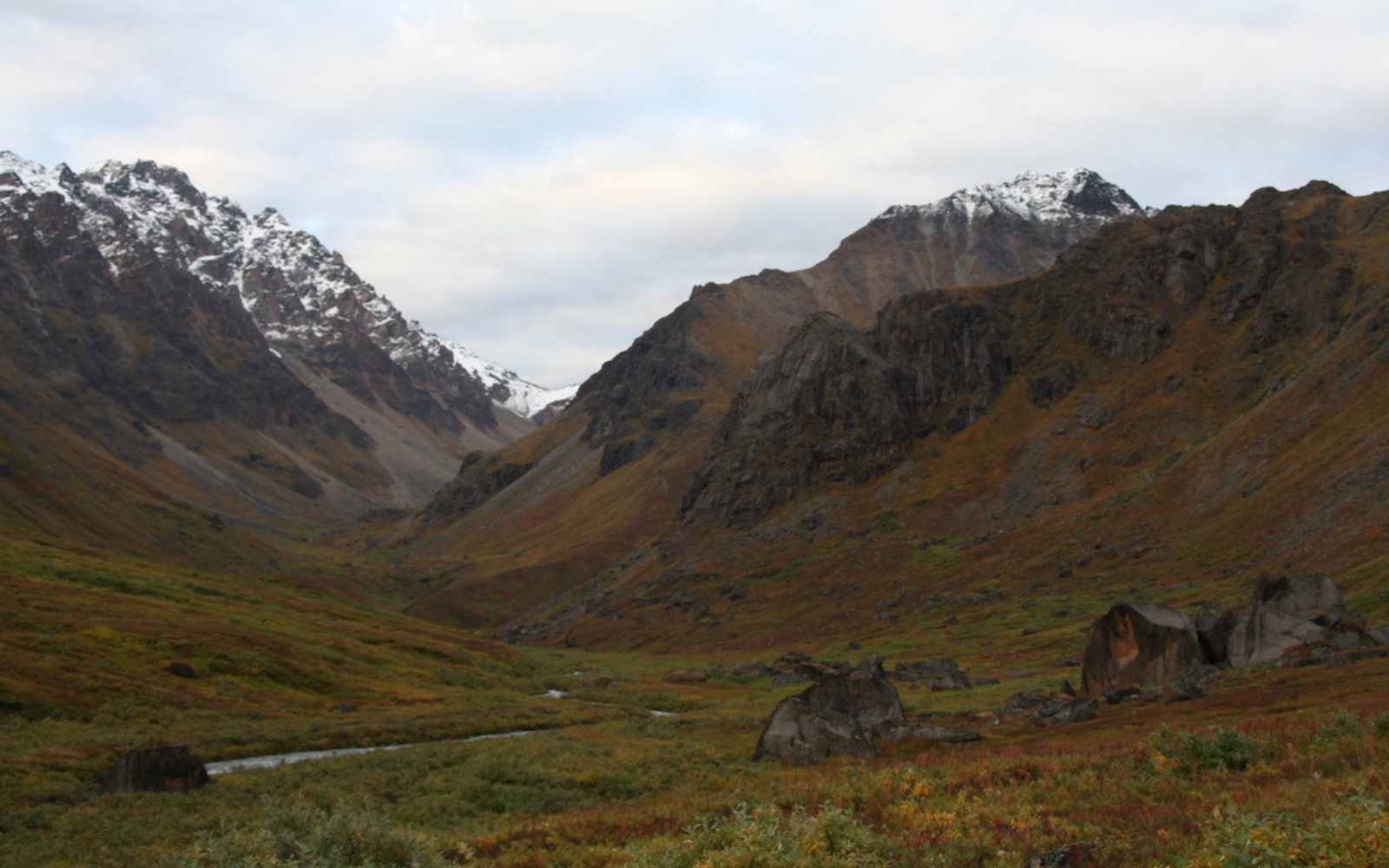
Estimated Costs for Fly Time
Fixed rates
- Moose: including getting animal out, air scouting, pilot-suggested area - $3700/hunter, minimum 2
- Caribou: including getting animal out, air scouting, pilot-suggested area - $1700/hunter
Hourly Rates
- Super Cub: average $325/hour. Load capacity @ 500 lbs. including people and gear.
- Beaver: averages $700/hour. Load capacity @ 1,200 lbs. including people and gear.



